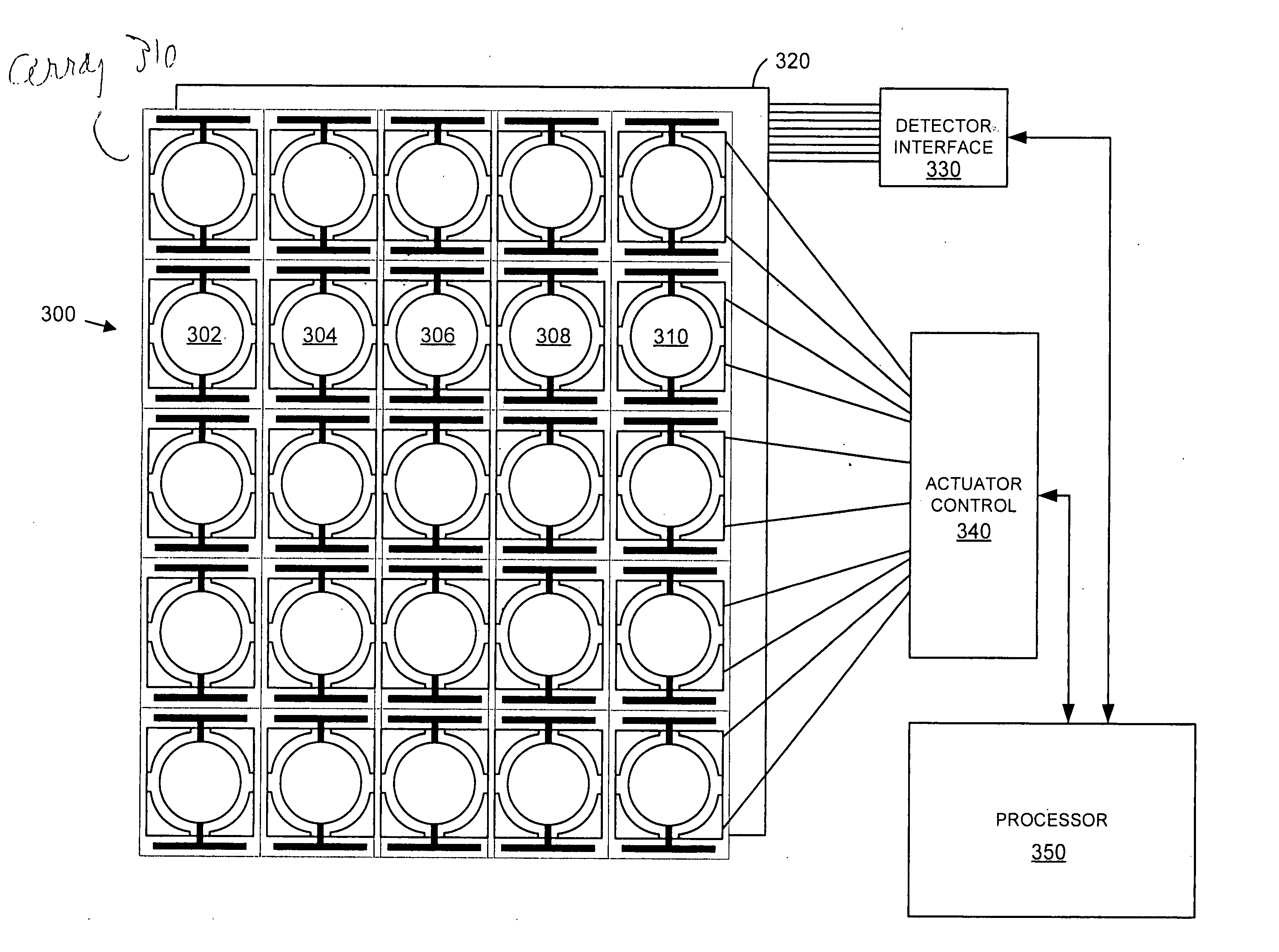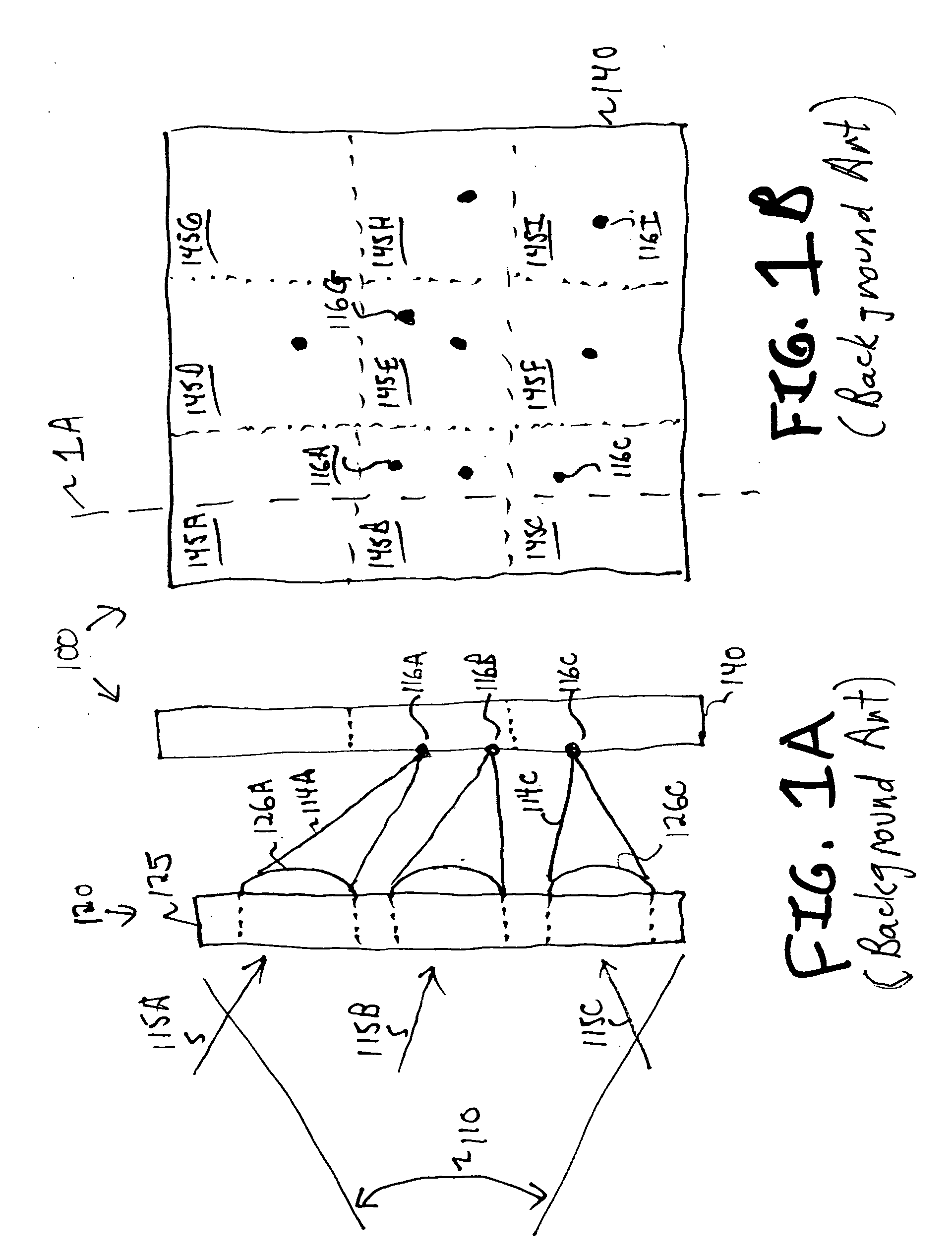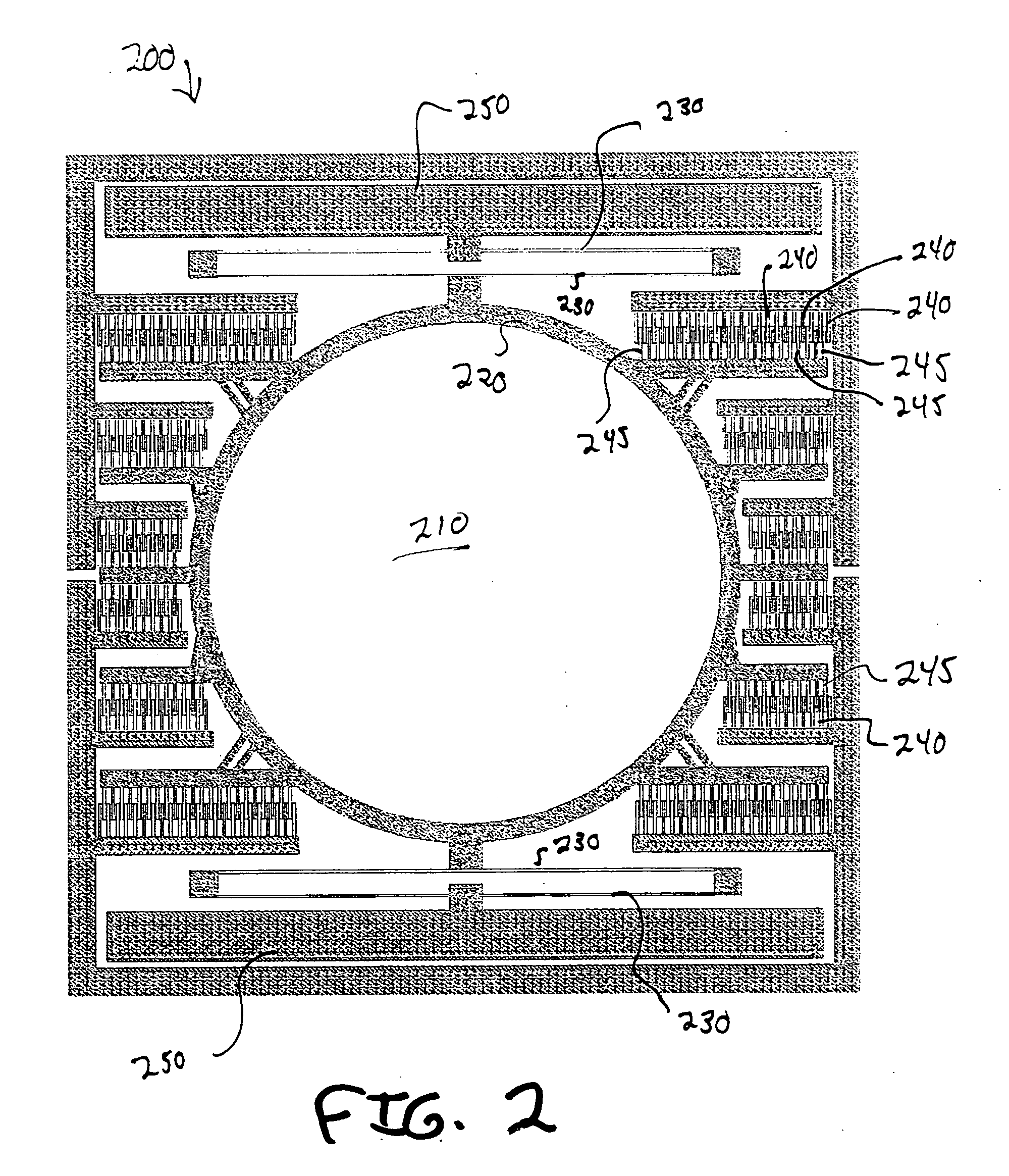Optical system applicable to improving the dynamic range of Shack-Hartmann sensors
- Summary
- Abstract
- Description
- Claims
- Application Information
AI Technical Summary
Benefits of technology
Problems solved by technology
Method used
Image
Examples
Example
[0029] The descriptions, discussions and figures herein illustrate technologies related to the invention and show examples of the invention and of using the invention. Known methods, procedures, systems, circuits, or elements may be illustrated and described without giving details so as to avoid obscuring the principles of the invention. On the other hand, details of specific embodiments of the invention are described, even though such details may not apply to other embodiments of the invention.
[0030] Some descriptions and discussions herein use abstract or general terms including but not limited to receive, present, prompt, generate, yes, or no. Those skilled in the art use such terms as a convenient nomenclature for components, data, or operations within a computer, digital device, or electromechanical system. Such components, data, and operations are embodied in physical properties of actual objects including but not limited to electronic voltage, magnetic field, and optical ref...
PUM
 Login to View More
Login to View More Abstract
Description
Claims
Application Information
 Login to View More
Login to View More - R&D
- Intellectual Property
- Life Sciences
- Materials
- Tech Scout
- Unparalleled Data Quality
- Higher Quality Content
- 60% Fewer Hallucinations
Browse by: Latest US Patents, China's latest patents, Technical Efficacy Thesaurus, Application Domain, Technology Topic, Popular Technical Reports.
© 2025 PatSnap. All rights reserved.Legal|Privacy policy|Modern Slavery Act Transparency Statement|Sitemap|About US| Contact US: help@patsnap.com



